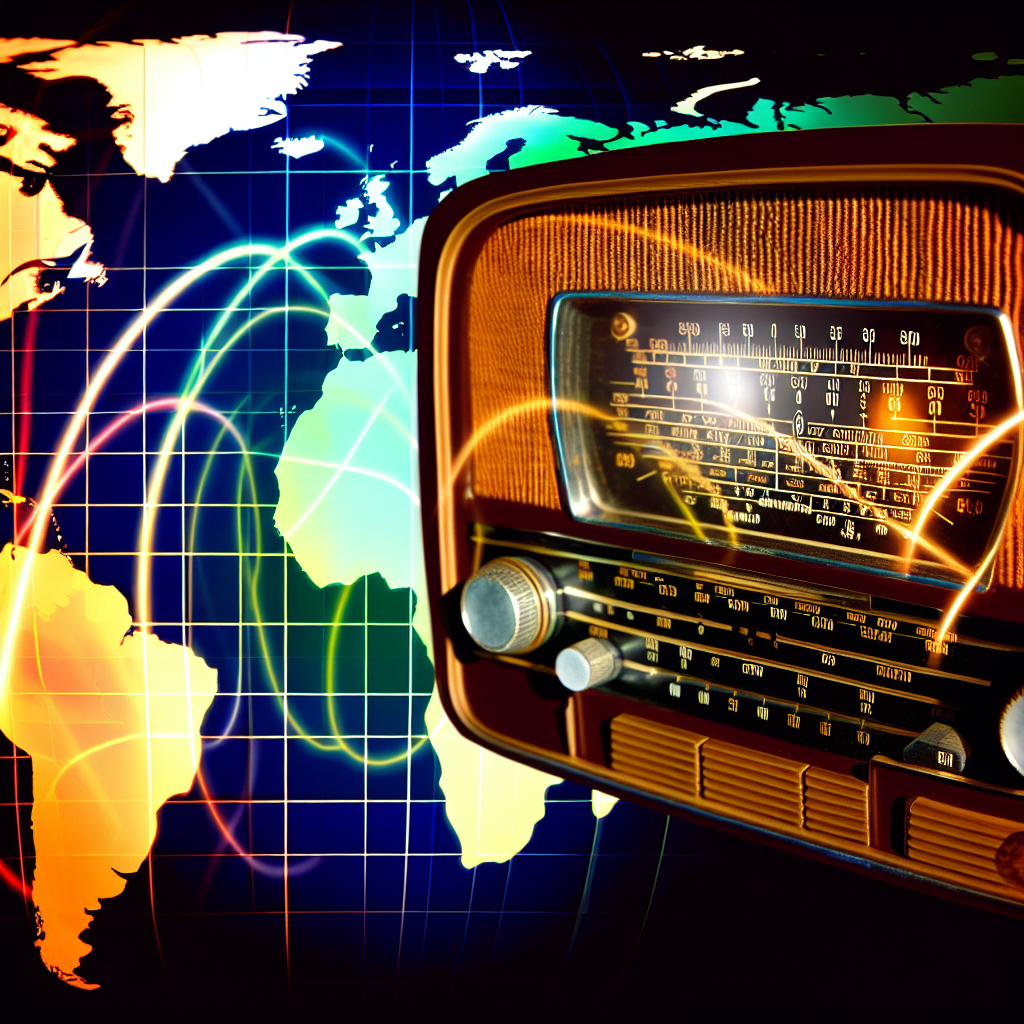Shortwave radio, a captivating technology with roots in the early 20th century, continues to thrive as a medium for global communication. From delivering international news to hobbyists’ delight, its versatility in spanning vast distances keeps the spirit of exploration alive.
The Fundamentals of Shortwave Radio
Shortwave radio operates primarily in the high frequency (HF) band, covering frequencies from 3 to 30 MHz. This segment of the radio spectrum allows for long-distance communication due to the ability of shortwave signals to reflect off the ionosphere, which is a layer of the Earth’s atmosphere charged by solar radiation. This radio propagation phenomenon enables signals to travel thousands of miles, making shortwave radio a crucial tool for international broadcasting and communication. Historically, it played a vital role in connecting nations, particularly during global conflicts and the Cold War, fostering a worldwide exchange of news and information.
The Art of Tuning and Signal Reception
Antenna tuning is crucial for optimizing signal reception in shortwave radios. Different types of antennas, such as dipole, vertical, and loop antennas, each provide unique advantages depending on the environment. Dipole antennas work well in open spaces and are simple to construct, while vertical antennas are effective in urban settings where space is limited. Tuning an antenna involves adjusting its length and orientation for optimal signal capture. In addition, using an antenna tuner can enhance performance by matching the impedance between the transmitter and antenna. Practicing these techniques ensures better reception of international broadcasts and emergency communications, critical for shortwave enthusiasts.
The Hobby of DXing
DXing, or distance listening, captivates radio enthusiasts who yearn for the thrill of capturing foreign broadcasts on shortwave frequencies. With dedicated equipment such as the *Tecsun PL-880* and *Sony ICF-SW7600*, enthusiasts can access a vast array of signals from around the globe. These analog and digital shortwave receivers often feature excellent sensitivity and selective filtering, enabling listeners to decode even the faintest transmissions.
DXers meticulously track propagation conditions and utilize strategic antenna setups to enhance reception. The allure lies not just in the audio itself, but in the chase—each new station logged serves as a testament to the capabilities of the radio and the skill of the operator, fostering a vibrant global community of hobbyists.
Shortwave Radio in Emergency Communication
In catastrophic scenarios, shortwave radio emerges as an indispensable tool for communication. Its ability to transmit over vast distances, especially when local infrastructures fail, makes it critical for survivalists and emergency responders. Unlike digital platforms, shortwave operates on HF bands, ensuring signal propagation can span continents, even under adverse conditions.
Portable shortwave radios, such as the Tecsun PL-880 and Sony ICF-SW7600, are invaluable for emergency preparedness, offering reliable access to international news and vital updates. Moreover, proper antenna tuning enhances reception, while amateur radio operators contribute to networks that can disseminate essential information during crises, ensuring communities stay connected amidst chaos.
The Future and Evolution of Shortwave Technology
The evolution of shortwave technology showcases a remarkable progression from analog to digital formats, with devices such as digital shortwave receivers and Software Defined Radio (SDR) leading the charge. These innovations enhance signal reception, improving clarity and range, which is vital for rural communication. While traditional analog shortwave radios like the Grundig and Tecsun PL-880 have their charm, the precision of digital technology, along with SDR, provides users with greater flexibility and tuning capabilities. Current trends emphasize improved antenna design and portable options, making shortwave a favored choice among travelers for global news and communication in remote areas. This continued evolution highlights shortwave’s vital role in maintaining connectivity, especially where conventional systems might falter.
Parting Words
Despite the proliferation of modern communication technologies, shortwave radio holds a unique place in broadcasting and as a cherished hobby. Its resilient nature reaffirms its role in global communication and emergency preparedness.

Leave a Reply
You must be logged in to post a comment.